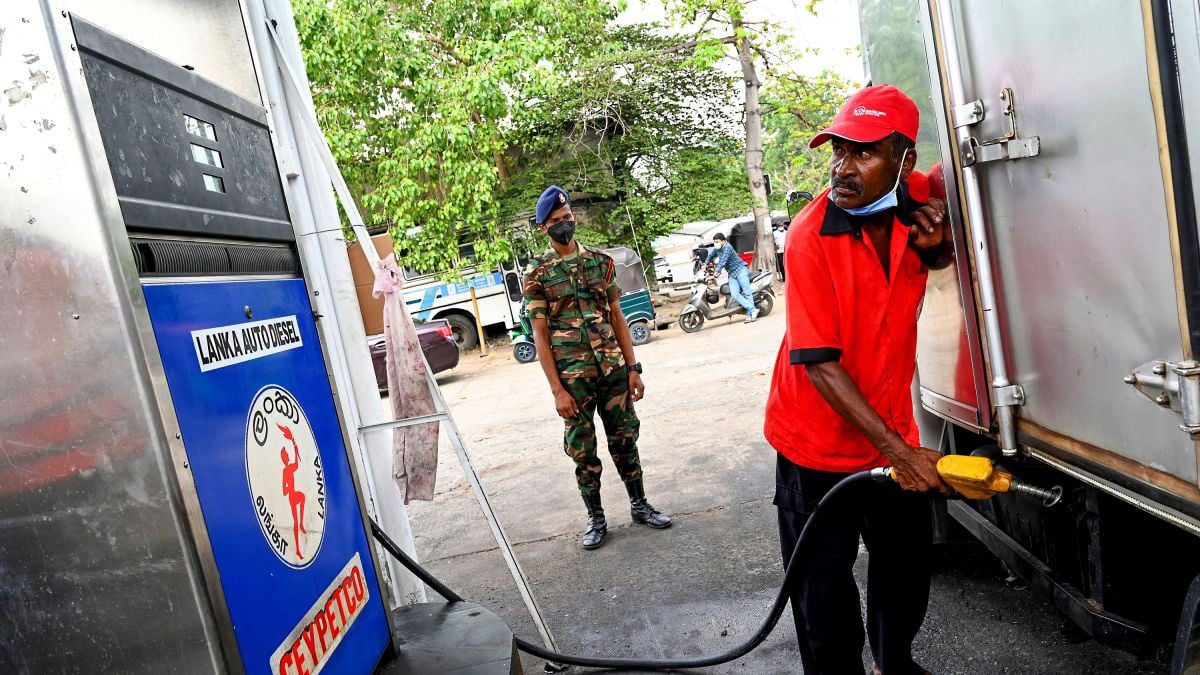Sri Lanka relies entirely on oil and gas exploration activities to enhance its energy productivity, in light of the suffering of the South Asian country from a shortage of fuel supplies due to a financial crisis that seems intractable, at least for the time being.
In this context, the state is preparing to issue two-year licenses for oil and gas exploration for about 900 offshore sites to foreign companies, in order to explore energy sources and attract vital investments to the economically and politically troubled country, according to Reuters.
The start of oil and gas exploration is the focus of a plan pursued by President Ranil Wickremesinghe to attract foreign direct investment, as part of his efforts to heal the economic rift, and then restore stability to the faltering national economy, amid the country’s most severe economic crisis in 7 decades, according to the website. Energy Voice.
Oil and gas exploration
The Director-General of the State Petroleum Development Authority, Surat Ovitigama, said that the Sri Lankan government finalized a new package of regulations in the field of oil and gas exploration last week, and also set a framework for companies to express their interest in exploring offshore oil assets in the country, according to Reuters.
Colombo is set to announce oil and gas exploration rules in January 2023, and the government hopes to start issuing licenses for about 900 exploration sites within a week, Ovitigama said.
It is noteworthy that previous attempts by Sri Lanka to start oil and gas exploration and production have focused mainly on the northern coast of the country, but this time the government has identified assets surrounding all sides of the island located in the Indian Ocean.
compound crises
Sri Lanka is experiencing an acute shortage of fuel, food and energy, which resulted from a severe foreign exchange crisis, the most severe since the country’s independence from Britain in 1948.
In late June (2022), this crisis prompted the authorities in Sri Lanka to stop using retail fuel, except for essential services, for a period of two weeks, in light of the country’s suffering from a severe liquidity crisis, which made it completely unable to finance its energy needs.
As part of its attempts to address that financial crisis, Colombo was forced to turn to the International Monetary Fund, which agreed in September (2022) to grant it a $9.2 billion loan to meet its energy import needs, among many other obligations.
Sri Lanka depends entirely on imports of crude oil, which has caused frequent shutdowns of its only 50,000 barrels per day Kelaniya refinery when it was unable to make those payments in the midst of a deep exchange rate crisis.
It is noteworthy that Sri Lanka’s consumption rate of oil products usually touches about 110 thousand barrels per day, while the volume of oil produced from the Kelaniya refinery does not exceed 35 thousand barrels per day, which reflects the paramount importance of oil and gas exploration in Sri Lanka and its development by foreign investors.
Sri Lanka’s imports of crude oil touched 3.8 million barrels, or the equivalent of 10,000 barrels per day, in the past year (2022), less than half of the crude oil imported by the turmoil-torn country in 2019, which touched 36,000 barrels per day, according to The latest data issued by the company “Vortexa”, which specializes in tracking oil and gas flows globally, and viewed by the specialized energy platform.
An intractable fuel crisis
In June (2022), the fuel crisis that reached its full extent in Sri Lanka led to the outbreak of unprecedented popular protests in the country, in light of the depletion of diesel and gasoline; This prompted the government – at the time – to limit supplies to basic services for a period of two weeks, from June 28 to July 10.
The fierce economic crisis in Sri Lanka prompted the outbreak of mass demonstrations in the streets for weeks, against low standards of living and the collapse of basic services, in addition to the insane rise in prices, and power outages, in parallel with the scarcity of food and medicine.
This popular discontent eventually resulted in the overthrow of President Gotabaya Rajapaksa, who was forced to leave the country on July 9 (2022), just before the protesters stormed the presidential palace in the capital, Colombo.
related topics..
Also read..

Leave a Reply